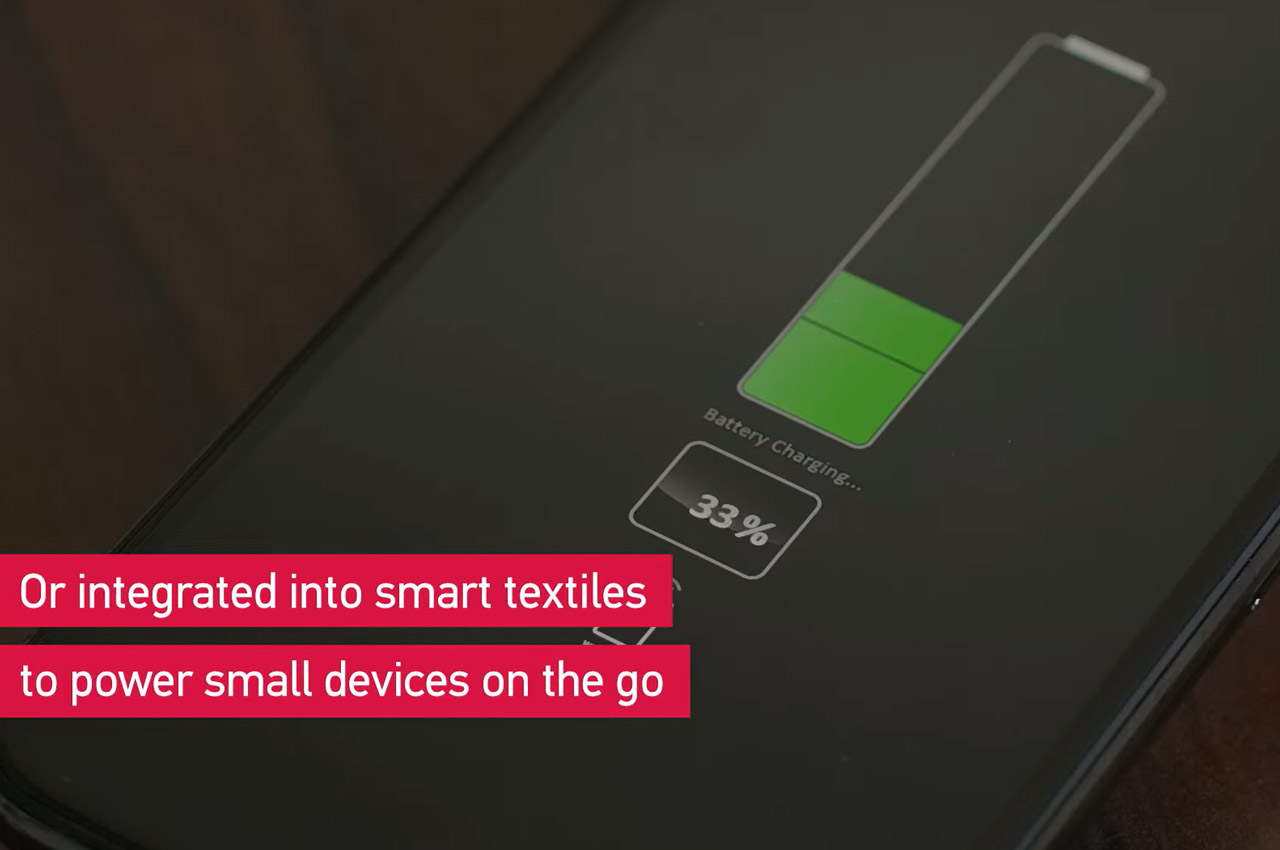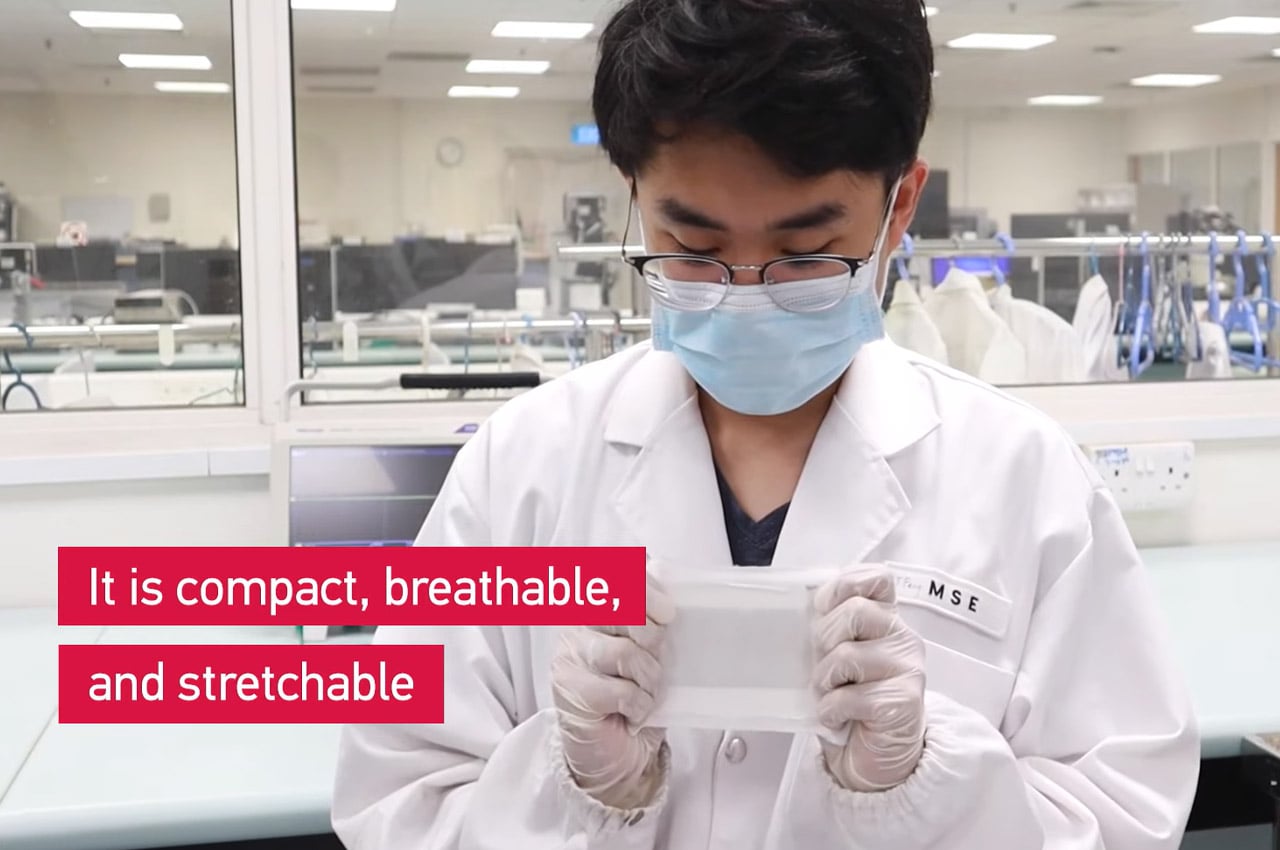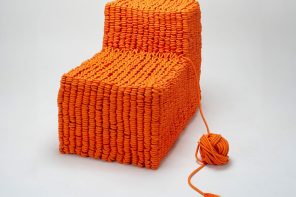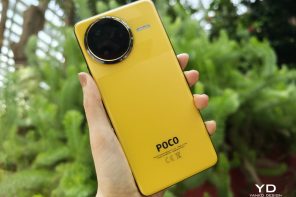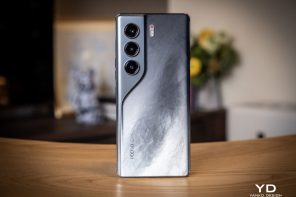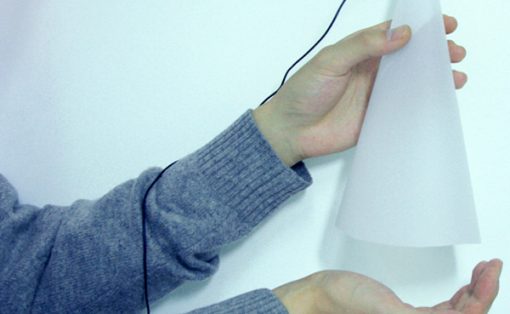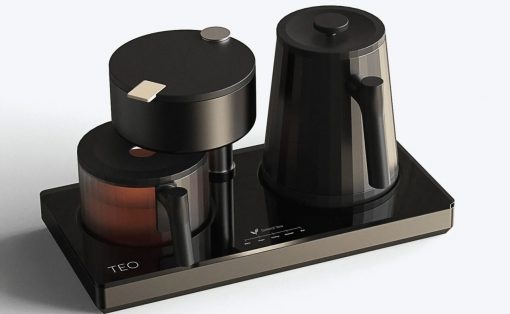We have a limitless resource in the form of energy on the planet and in the universe. Keeping it within the realms of planet earth, for the time being, researchers around the world have long been on the lookout for alternative sources of energy that capture energy from the most unusual resources.
In a similar endeavor, researchers at Singapore’s Nanyang Technological University have devised a novel way to capture the energy dissipated by our body and turn it into a battery for numerous uses.
Designer: Nanyang Technological University
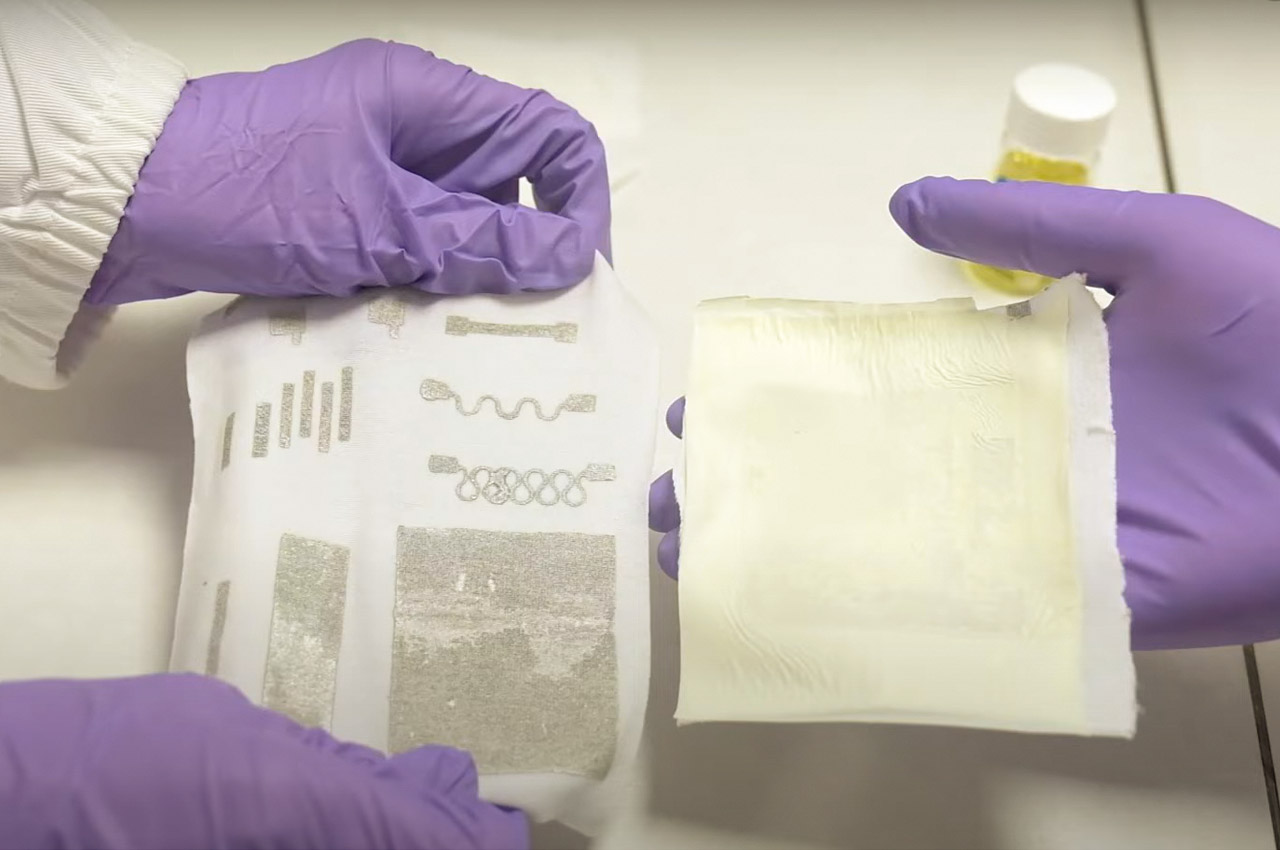
So, you could be charging up a wearable lithium-ion battery as you run, walk or while breathing. Consequently, the stored energy can be used to charge gadgets. And where is the energy stored with all this technological goodness? In the clothes one wears. Yes, the researchers have created a prototype of this never-before-seen fabric capable of harvesting energy. According to them a 3cm by 4cm piece of such fabric can generate energy equivalent to powering 100 light-emitting diodes for around 5 months. That’s around 2.34 watts of power per square meter. Now that’s a lot of energy that otherwise goes to waste.
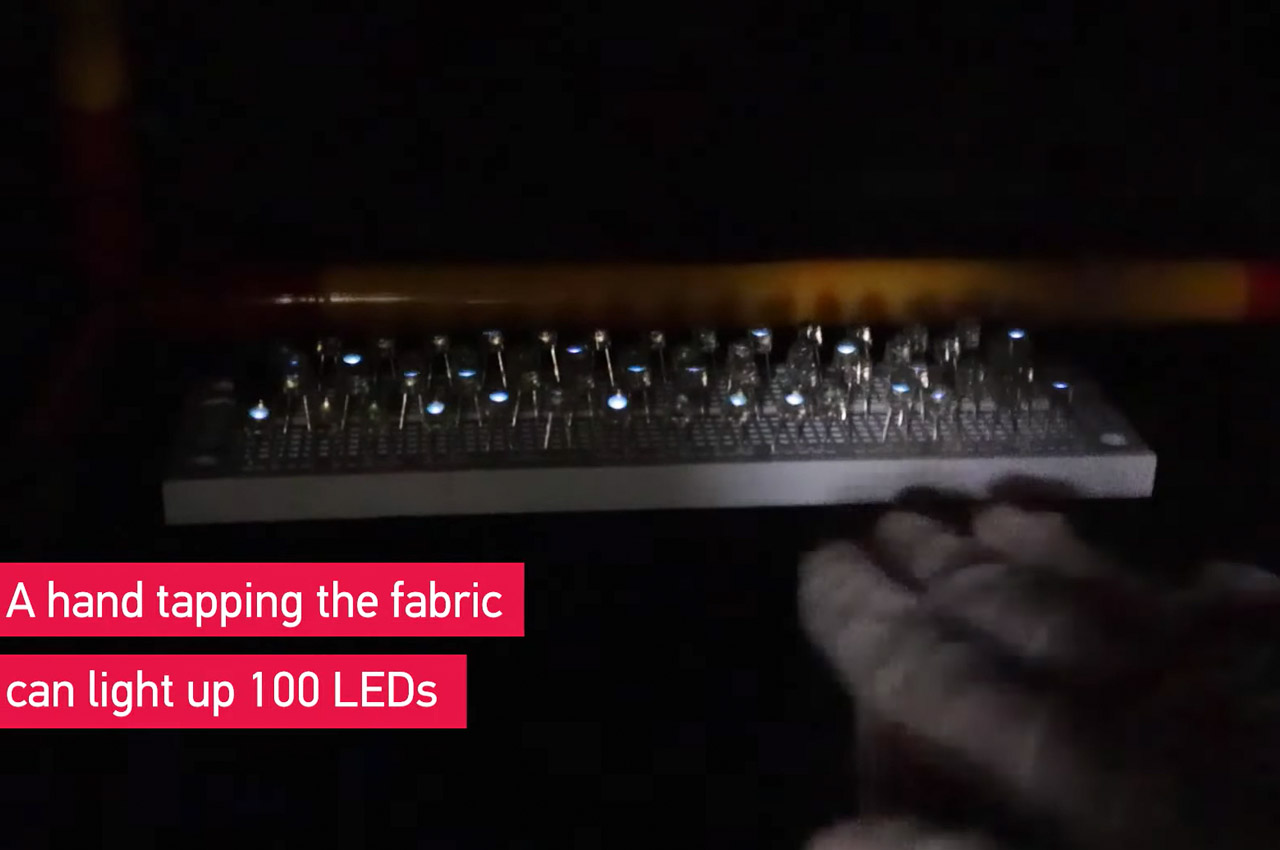
The durable material made out of polymer converts mechanical stress into electrical energy. Things like pressing, stretching, or squeezing the fabric with any kind of body movements, 24×7. So, you could be a source of energy as long as you are running, moving around your arms or legs, or even while tossing and turning in your deepest sleep. This is the perfect development for the power-hungry wearables of today that demand an abundant energy resource in a very small form factor. Your clothes generate energy without you even being conscious about it is the ideal solution.
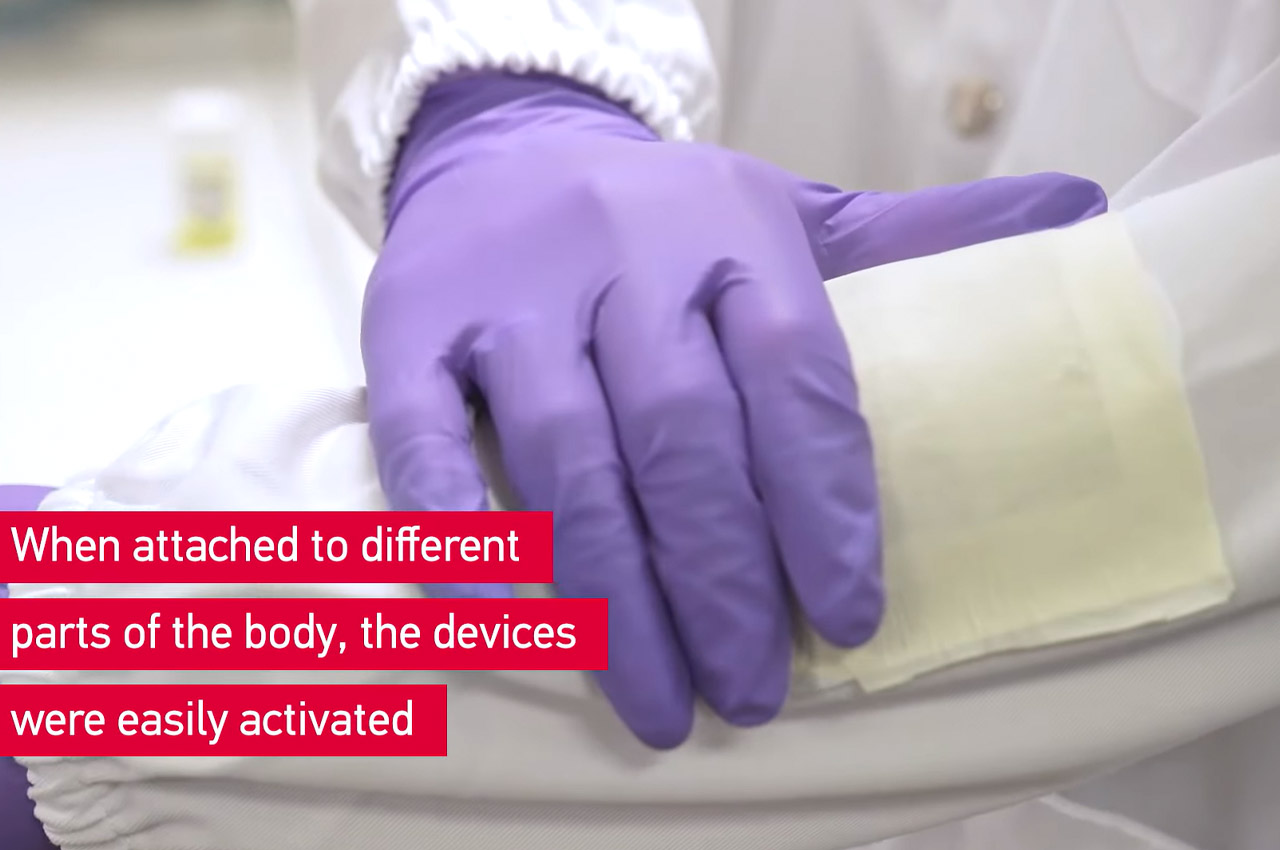
Moving onto the technical part of the body battery, the researchers screen-printed electrode pattern on the material made out of silver and styrene-ethylene-butylene-styrene used in bicycle handlebar grips. Then they attached it to a piezoelectric nanofiber which generates an electrical charge when moved or touched. They fitted the fine fabric with perovskite material to increase the electrical conductivity. The smart textile was tested for durability by washing and tossing around since it is waterproof as well.

So, we are slowly inching towards times where Matrix-like smart energy generating systems could rule the future. Human batteries are powered by smart textiles that won’t weather with use, to be precise.

